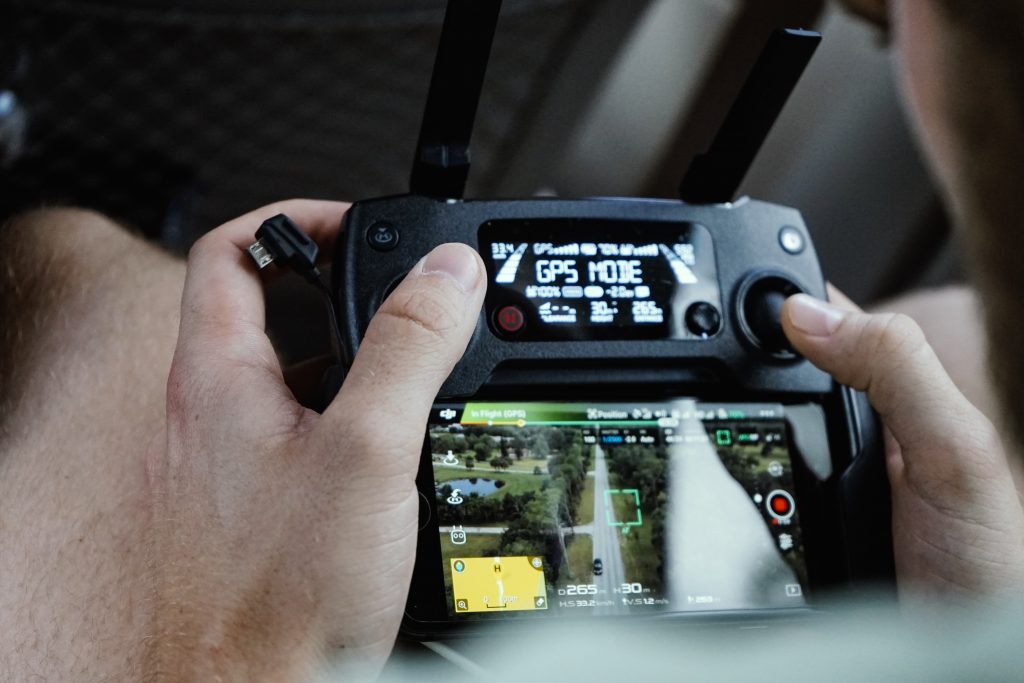Make the Most of Quarantine: 3 Ways to Become a Better Drone Pilot Over the Next Month
BY Alan Perlman
20 March 2020There’s no avoiding it. Right now is a very trying time for people all across the world. While it may be difficult for many drone pilots to find work at the moment, there are still many great things that you can do to pass the time, get outside of the house a little bit, and hone your drone skills. Oh, and for those of you without your Part 107 license, now could be a good time to study up for the test with the online test prep course at Drone Pilot Ground School.
Now, let’s get to the good stuff, shall we? Here are 3 things you can do this month to become a better drone pilot:
Explore Your DJI Drone’s Intelligent Flight Modes
Extra downtime can be a good excuse to dive deeper into some of the magical features your DJI drone already possesses, like the variety of Intelligent Flight modes built into a ton of DJI UAV’s. Along with helping you take amazing videos, Intelligent Flight modes help to reduce your workload and to perform at a level that might not be possible (or extremely difficult) with manual flight. Keep in mind that each DJI aircraft has different Intelligent Flight Modes, and of course if you don’t fly a DJI drone, then this section isn’t particularly informative.
Here are few of your DJI drone’s coolest Intelligent Flight Modes:
- Want to get buttery smooth orbital shots? Your DJI drone’s Point of Interest (POI) Intelligent Flight Mode allows you to select a specific object—a building, a person, a boat, or whatever you like—as your point of interest, and then have your drone fly an orbit around that object so that you can get a smooth, circular shot of it. Here’s a good tutorial on setting up Point of Interest mode on your DJI drone.
- Waypoints is an Intelligent Flight Mode in the DJI Go app that lets you save different GPS points for your flight. Combined, these points make up entire missions that your drone can fly autonomously, just like a connect-the-dots drawing. Here’s a good two-part tutorial for how to set up the Waypoints Intelligent Flight mode.
- Tripod mode slows your drone way down, so you can get slow, steady, cinematic shots. When you’re flying in Tripod mode, even if you were to jam your RC sticks to their full range, the movement of your drone will be slow and smooth, and that’s because your sticks are intentionally dulled down in this mode, to help you fly more precisely. Here’s a great tutorial on how to set-up Tripod mode on your DJI drone.
- Hyperlapse is a technique that involves taking a sequence of pictures at set time intervals to record some kind of change, like the sun going down, or traffic moving through the busy streets of a city. The difference between a timelapse and a hyperlapse is that in a timelapse the camera is stationary while taking the sequence of photos, while in a hyperlapse the camera moves between each picture in the sequence, so it’s either literally in motion or it’s moved manually from one location to the next. So if you’re creating a timelapse with your drone, you’ll just be hovering in place while shooting, and if you’re creating a hyperlapse, you’ll be flying. Both of these techniques are great for capturing dramatic moments, like the sunset, or shooting storm clouds rolling in, where you can see big changes take place over a certain period of time. Here’s a good tutorial on setting up the Hyperlapse feature on the Mavic 2.
Become an expert in cinematography, light, and editing
Another excellent way to pass the time is by boning up on the basics of cinematography. Whether you dive deep into different types of lenses, how light affects the quality of shots, or learning more about your favorite editing software, spending time building foundational photography skills will make you an even better drone pilot when you’re able to get back out in the field. If you’re looking to accelerate your drone cinematography skills, the Drone Cinematography Masterclass is an excellent place to start, and UAV Coach readers get $50 off! Adobe also has a ton of free online video tutorials for Premiere Pro.
Master advanced skills and software
If you already feel comfortable with the basics of aerial cinematography, then you can take the time off to learn more advanced software and skills. Drones are used for much more than simply taking cool pictures and videos, and by mastering new software you can harness the full power of your UAV.
Some examples of advanced skills you can work on:
- Learn to create Orthomosaic maps using mapping software like DroneDeploy or Pix4D;
- Get better at utilizing thermal imaging or night vision cameras, like an aerial FLIR camera.
This is hardly an exhaustive list of the things you can do to become a better drone pilot over the next month, but hopefully this will give you a good starting point, and some free resources to start to build your skills.



